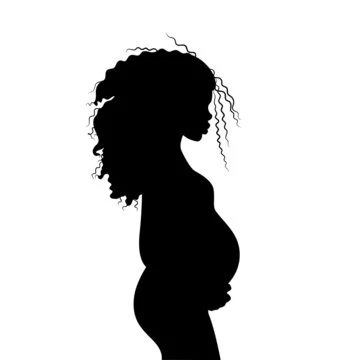In the insightful book, Wired to Create: Unraveling the Mysteries of the Creative Mind, psychologists Scott Barry Kaufman and Carolyn Gregoire delve into the aftermath of life-altering trauma. They observe, “The more we are shaken, the more we must let go of our former selves and assumptions, and begin again from the ground up… Rebuilding can be an incredibly challenging process… It can be grueling, excruciating, and exhausting. But it can open the door to a new life.”
I can relate to that door. Just weeks after welcoming my first child into the world, I was engulfed in pain so intense that even the simple act of getting out of bed felt monumental. My struggle wasn’t merely a result of the physical exertion of childbirth; it stemmed from a profound emotional chasm that had opened up within me. It was as if a part of my very essence had been severed, leaving me feeling incomplete and adrift.
Until that moment, I hadn’t recognized how deeply connected I was to my partner. Now, with him absent, I was confronted with a void that felt insurmountable. Grieving not just for him but for the life we envisioned together was akin to mourning a death.
Yet, amidst the darkest days, I discovered a liberating aspect of being shattered and then slowly piecing myself back together. I vividly remember sharing with my therapist how everything felt clearer. “My interactions feel genuine now,” I expressed. “I used to engage in trivial small talk, but that no longer holds any appeal.” She nodded in understanding, noting that trauma often strips away the superficial layers of life, revealing what truly matters.
Before this painful experience, I was overly concerned with others’ opinions—strangers included. Simple decisions felt daunting as I constantly sought external validation. Even mundane tasks, like grocery shopping, became sources of anxiety under the weight of perceived judgment.
However, during those months of pain, I learned to confront my suffering head-on. I wasn’t seeking distractions or temporary relief; rather, I was forced to sit with my emotions. In a world where instant gratification is just a click away, truly feeling your feelings has become a radical act.
As I sat in my discomfort, I began to trust my inner voice. This newfound grounding enabled me to tap into a wellspring of personal strength that I never knew existed. The journey through pain led me to a place where I genuinely didn’t care about the trivial insecurities that once consumed me.
According to a study published in the Journal of Traumatic Stress, Dr. Sharon Dekel explains that “post-traumatic growth can be defined as a workable coping mechanism, a way of making and finding meaning involved in the building of a more positive self-image and the perception of personal strength.”
The other side of pain offers not comfort or healing, but a raw, unfiltered truth. As this truth floods in, the protective barriers we’ve built up begin to dissolve. Light starts to seep through the cracks, guiding you toward a brighter future. One morning, a powerful realization hit me: “You were always whole to begin with.”
So, while I often feel the urge to scream at my ex-partner, I also carry gratitude in my heart: for pushing me toward my true self, for revealing my resilience, and for allowing me to become the person I was destined to be—all before my daughter ever knew anyone else.
If you’re navigating a similar journey, you might find value in exploring more about the experiences of others in our community. For additional insights, check out this blog post. If you’re considering at-home insemination, Make a Mom is a reputable source for insemination syringe kits. Plus, the CDC provides excellent resources on pregnancy and home insemination.
In summary, while pain can feel isolating and overwhelming, it can also serve as a catalyst for profound personal growth and self-discovery. Embracing this journey opens doors to a new understanding of oneself and the world around us.

Leave a Reply